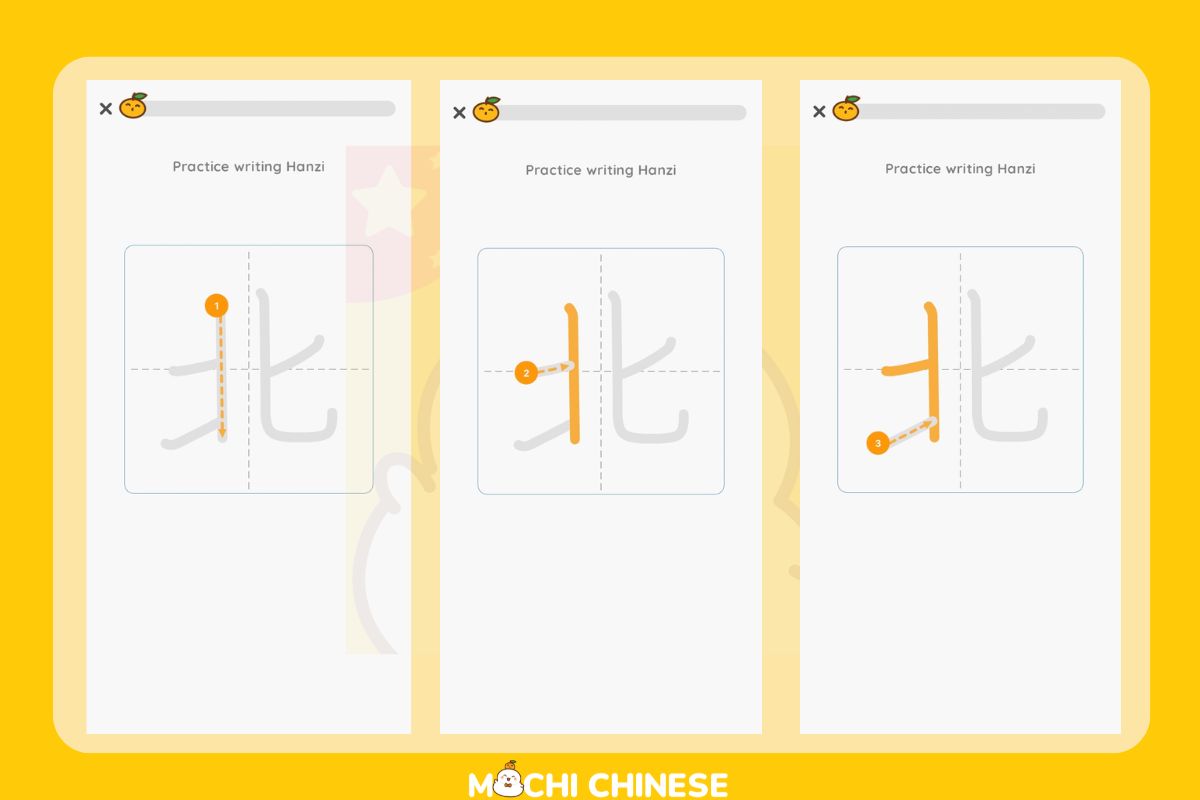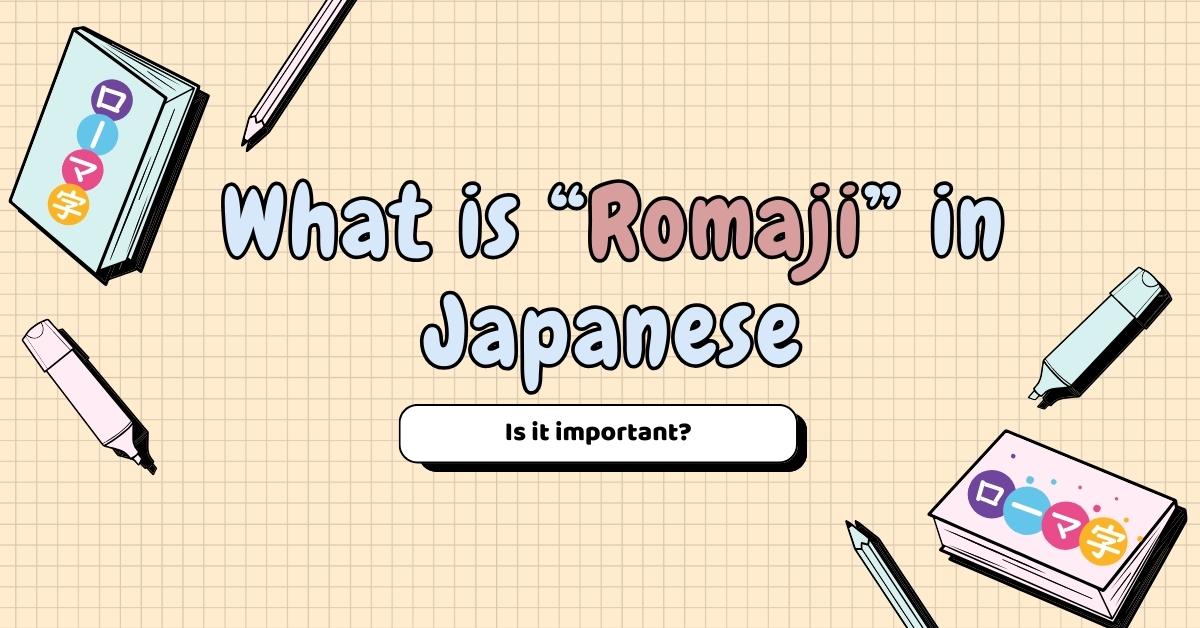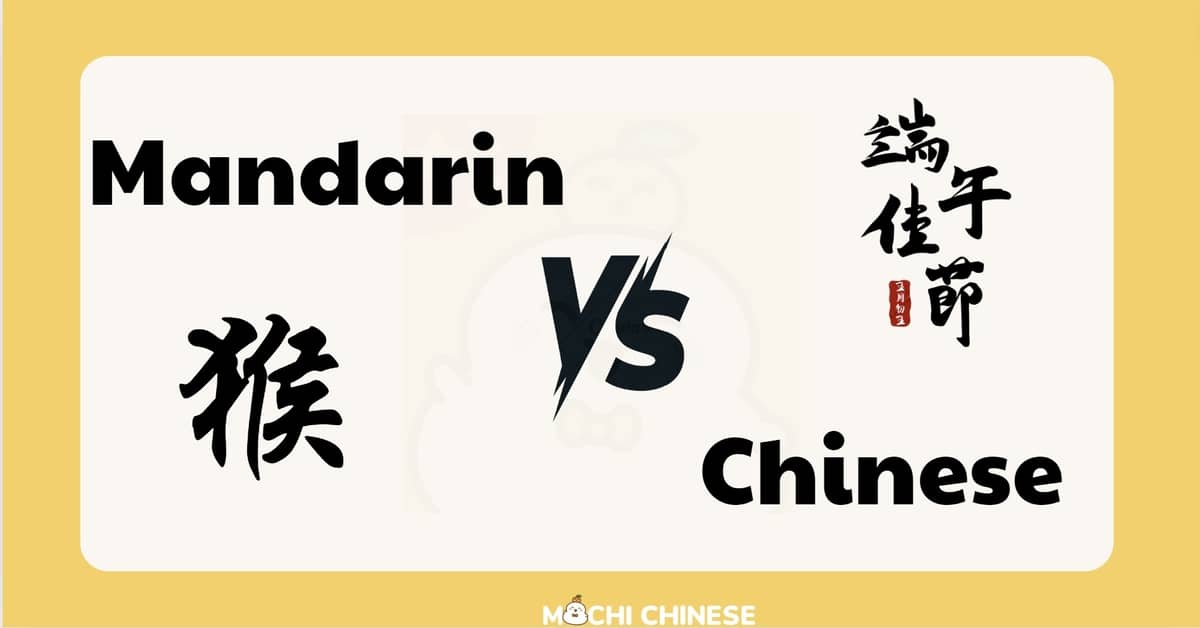Learning Chinese can be a daunting task, but understanding the fundamental components of Chinese characters – known as radicals – can simplify the process. Radicals are the building blocks of Chinese characters, and they play a crucial role in understanding, memorizing, and using Chinese effectively. This guide will introduce you to the concept of radicals, explain their importance, and help you get started with some of the most common ones.
What are Chinese Radicals?
Definition and Role
Chinese radicals are the fundamental components of Chinese characters. Each character is either a single radical or composed of one or more radicals combined together. Radicals serve as the building blocks of the Chinese writing system, similar to how letters form words in alphabetic languages. They provide essential clues about the meaning and sometimes the pronunciation of the characters they form.
Historical Context
The use of radicals dates back to the earliest stages of Chinese writing. Originally, Chinese characters were pictographs – simple drawings representing objects. Over time, these pictographs evolved into more complex characters, incorporating additional elements that provided context or specified meaning. The Kangxi Dictionary, compiled during the Qing Dynasty, standardized 214 radicals that are still referenced today.
Why Learn Radicals?
Memory Aid
Radicals can serve as powerful mnemonic devices. By breaking down complex characters into their radical components, learners can more easily remember meanings and pronunciations. For example, knowing that the radical “木” (tree) is part of the character “林” (forest) can help you remember that “林” relates to trees.
Dictionary Use
Understanding radicals is essential for looking up characters in Chinese dictionaries. Traditional dictionaries are organized by radicals, and even electronic dictionaries often allow searches by radicals. Knowing the radical of a character can significantly speed up the process of finding it in a dictionary.
Most Common Radicals
Here are some of the most common radicals that beginners should start with:
| Radical | Pinyin | Meaning | Stroke | Example |
|---|---|---|---|---|
| 一 | yī | One | 1 | 丁 万 上 下 |
| 丨 | gǔn | line | 1 | 个 中 丰 串 临 |
| 丶 | zhǔ | Dot | 1 | 丸 义 丹 为 主 |
| 丿 乀 乁 | piě | Slash | 1 | 乂 乃 久 乇 乎 |
| 乙 乚 | yǐ | Second | 1 | 九 乞 乩 乱 |
| 亅 | jué | Hook | 1 | 了 争 事 |
| 二 | èr | Two | 2 | 亍 于 云 五 亚 |
| 亠 | tóu | Lid | 2 | 亡 亢 交 产 京 |
| 人 亻 | rén | Person | 2 | 你 他 仕 仙 例 |
| 儿 | rén | Legs | 2 | 兀 元 兄 先 克 |
| 入 | rù | Enter | 2 | 內 全 氽 |
| 八 丷 | bā | Eight | 2 | 兮 公 兰 关 兴 |
| 冂 | jiōng | Down box | 2 | 内 冋 再 冏 最 |
| 冖 | mì | Cover | 2 | 写 军 农 |
| 冫 | bīng | Ice | 2 | 冰 况 冼 凊 |
| 几 | jǐ | Table | 2 | 凡 凤 |
| 凵 | qiǎn | Open box | 2 | 凶 凸 凹 出 击 |
| 刂 刁 刀 | dāo | Knife | 2 | 刅 分 切 划 刚 |
| 力 | lì | Power | 2 | 劝 办 加 务 动 |
| 勹 | bāo | Wrap | 2 | 勺 勾 匀 包 |
| 匕 | bǐ | Ladle/Dagger | 2 | 化 北 匙 |
| 匚 | fāng | Right open box | 2 | 匛 匤 匡 匢 匜 |
| 匸 | xì | Hiding enclosure | 2 | 匹 区 医 匼 |
| 十 | shí | Ten | 2 | 千 升 午 半 |
| 卜 | bǔ | Divination | 2 | 卟 占 卡 卢 卤 |
| 卩 | jié | Seal/Joint | 2 | 卫 卬 卯 印 却 |
| 厂 | hǎn | Cliff/House | 2 | 厄 厅 历 厉 |
| 厶 | mǒu/sī | Private | 2 | 去 县 参 |
| 又 | yòu | Again | 2 | 叉 友 双 发 受 |
| 口 | kǒu | Mouth | 3 | 吃 叹 品 吵 叫 |
| 囗 | wéi | Enclosure | 3 | 围 团 国 囚 困 |
| 土 | tǔ | Earth | 3 | 在 地 城 地 型 |
| 士 | shì | Scholar | 3 | 壮 仕 壬 声 志 |
| 夂 | zhǐ | Go | 3 | 处 复 备 冬 |
| 夊 | suī | Go slowly | 3 | 夌 复 変 |
| 夕 | xī | Night | 3 | 外 多 夜 夠 |
| 大 | dà | Big | 3 | 天 太 夫 央 头 |
| 女 | nǚ | Woman | 3 | 妈 好 始 姓 安 |
| 子 | zǐ | Child | 3 | 孔 字 季 学 孩 |
| 宀 | mián | Roof | 3 | 宁 它 安 定 容 |
| 寸 | cùn | Inch | 3 | 对 寺 寻 寿 导 |
| 小 ⺌ ⺍ | xiǎo | Small | 3 | 少 尔 尚 尝 |
| 尢 | wāng | Lame | 3 | 尤 尧 就 尴 尬 |
| 尸 | shī | Corpse | 3 | 尼 尽 局 居 层 |
| 屮 | chè | Sprout | 3 | 屯 屰 |
| 山 | shān | Mountain | 3 | 岀 峰 岁 岛 岳 |
| 川 巛 | chuān | River | 3 | 州 巡 巢 |
| 工 | gōng | Work | 3 | 左 巧 巩 巫 |
| 己 | jǐ | Oneself | 3 | 纪 记 忌 改 |
| 巾 | jīn | Towel | 3 | 巿 币 市 师 |
Above are 50 basic radicals for beginners, however in Chinese there are a total of 214 radicals. The 214 Chinese radicals are arranged according to the number of writing strokes. In Chinese dictionaries, the arrangement of these characters is usually according to the arrangement of the Kangxi Dictionary (康煕辞典), the dictionary first appeared in Qing Dynasty in China.
File pdf: Full 214 Chinese Radicals
Applying Radicals in Practice
Reading Practice
To practice recognizing radicals in context, start with simple texts such as children’s books or beginner-level Chinese readers. By integrating these practices into your study routine, you’ll become more proficient in recognizing and understanding radicals, which will significantly enhance your overall Chinese reading skills.
Writing Practice
To reinforce your understanding, practice writing characters that contain the radicals you’ve learned. Use tools like Mochi Chinese or traditional pen-and-paper methods. Repetition will help solidify your knowledge.

Conclusion
Mastering Chinese radicals is a fundamental step in learning Chinese. By understanding these building blocks, you can improve your character recognition, memorization, and dictionary skills. Start with the most common radicals, practice regularly, and you’ll find that learning Chinese becomes a much more manageable task.
For beginners, writing Chinese characters correctly is difficult, but writing them quickly is even more difficult. So how to write Chinese characters faster? Currently, there are many online platforms like Mochi Chinese that can practice how to write beautiful Chinese characters, so you can practice on your phone or computer anywhere and in any free time. You will be given specific instructions on how to write Chinese words according to each basic stroke. You will practice according to the available model, the order of strokes before and after helps you learn and write vocabulary according to standard rules. Besides, regular review is definitely something that needs to be done after each lesson and the Spaced Repetition method is extremely suitable. This is a method of creating interruptions in the learning process, and is the most powerful technique among ways to improve learners’ memory ability. This algorithm is applied in the Mochi Chinese app, based on the time allocation history you need to review. The app will help review the right words at the right time to avoid reviewing clear words many times and not reviewing unclear words. Chinese learning apps also only support your learning process easier, the important thing is your diligence and effort.





